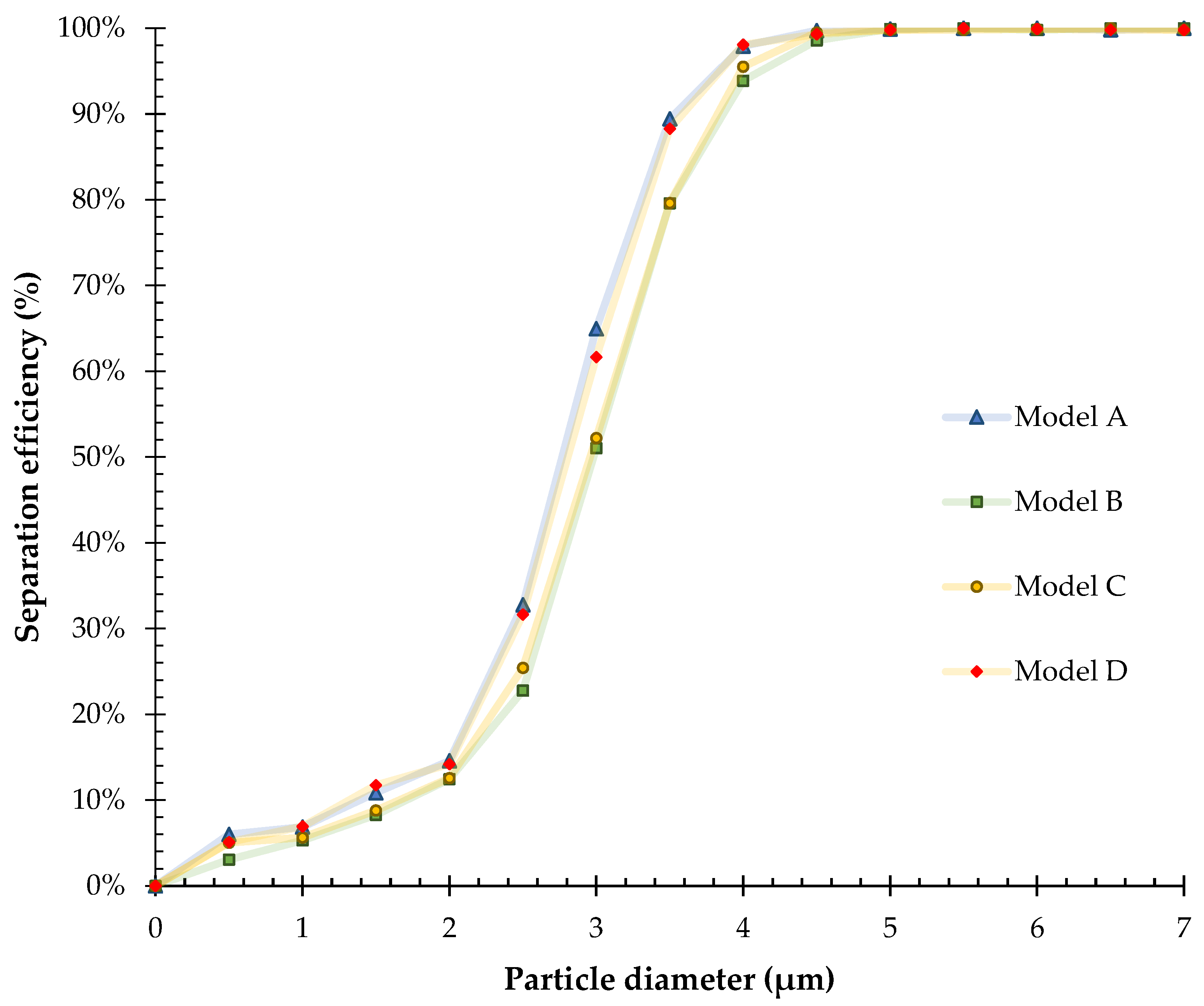

Read more about how to correctly acknowledge RSC content. Permission is not required) please go to the Copyright If you want to reproduce the wholeĪrticle in a third-party commercial publication (excluding your thesis/dissertation for which If you are the author of this article, you do not need to request permission to reproduce figuresĪnd diagrams provided correct acknowledgement is given. Provided correct acknowledgement is given. Press the gear button again to hide the particle system settings. The selections made are saved with the project. If you are an author contributing to an RSC publication, you do not need to request permission This displays the export options available for each particle system in your project If export is ticked next to a particle system then it will be included when an export is performed. Please go to the Copyright Clearance Center request page. To request permission to reproduce material from this article in a commercial publication, Provided that the correct acknowledgement is given and it is not used for commercial purposes. This article in other publications, without requesting further permission from the RSC, Rotllan,Ĭreative Commons Attribution-NonCommercial 3.0 Unported Licence. (r)HDL in theranostics: how do we apply HDL's biology for precision medicine in atherosclerosis management? Always and everywhere location, integrated ublox M8 GNSS receiver and CellLocate Software-based configurability within each hardware design Simultaneous LTE. We also compile a series of examples highlighting potential future perspectives in the field.
#71squared particle designer swift export update#
In this review, we provide an update on the different approaches that have been developed using rHDL, focusing on the rHDL production methodology and rHDL applications in theranostics.
More recently, in light of the emergence of precision nanomedicine, there has been renewed research interest in attempting to take advantage of the development of advanced recombinant HDL (rHDL) for both therapeutic and diagnostic purposes. Therefore, significant effort has been focused on the development of therapeutic tools capable of either directly or indirectly enhancing HDL-guided reverse cholesterol transport (RCT). Imbalance in this process, due to either excessive accumulation or impaired clearance, results in net cholesterol accumulation and increases the risk of cardiovascular disease (CVD). High-density lipoproteins (HDL) are key players in cholesterol metabolism homeostasis since they are responsible for transporting excess cholesterol from peripheral tissues to the liver.


 0 kommentar(er)
0 kommentar(er)
